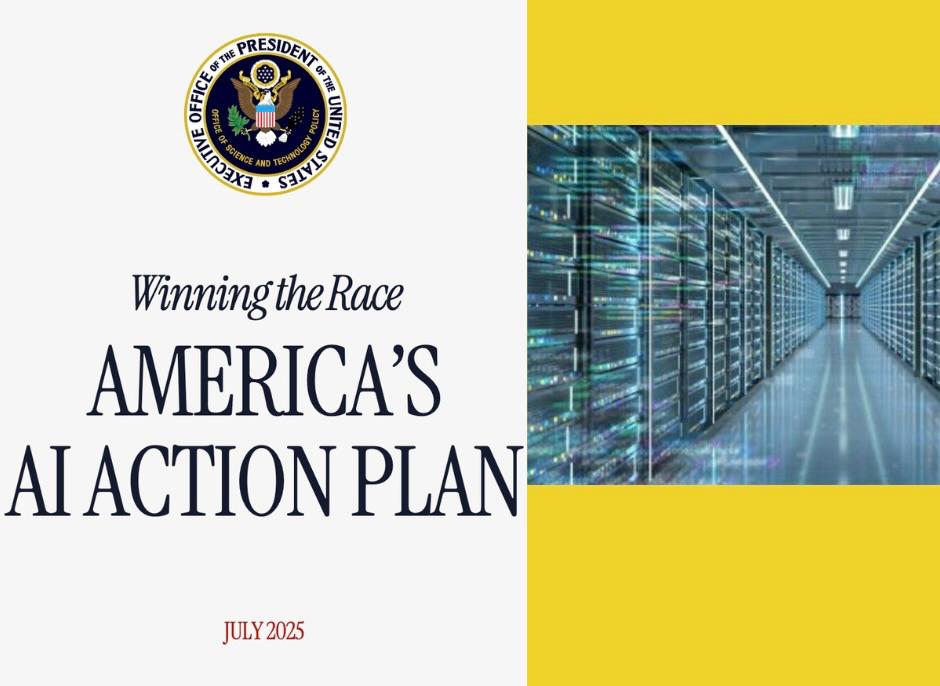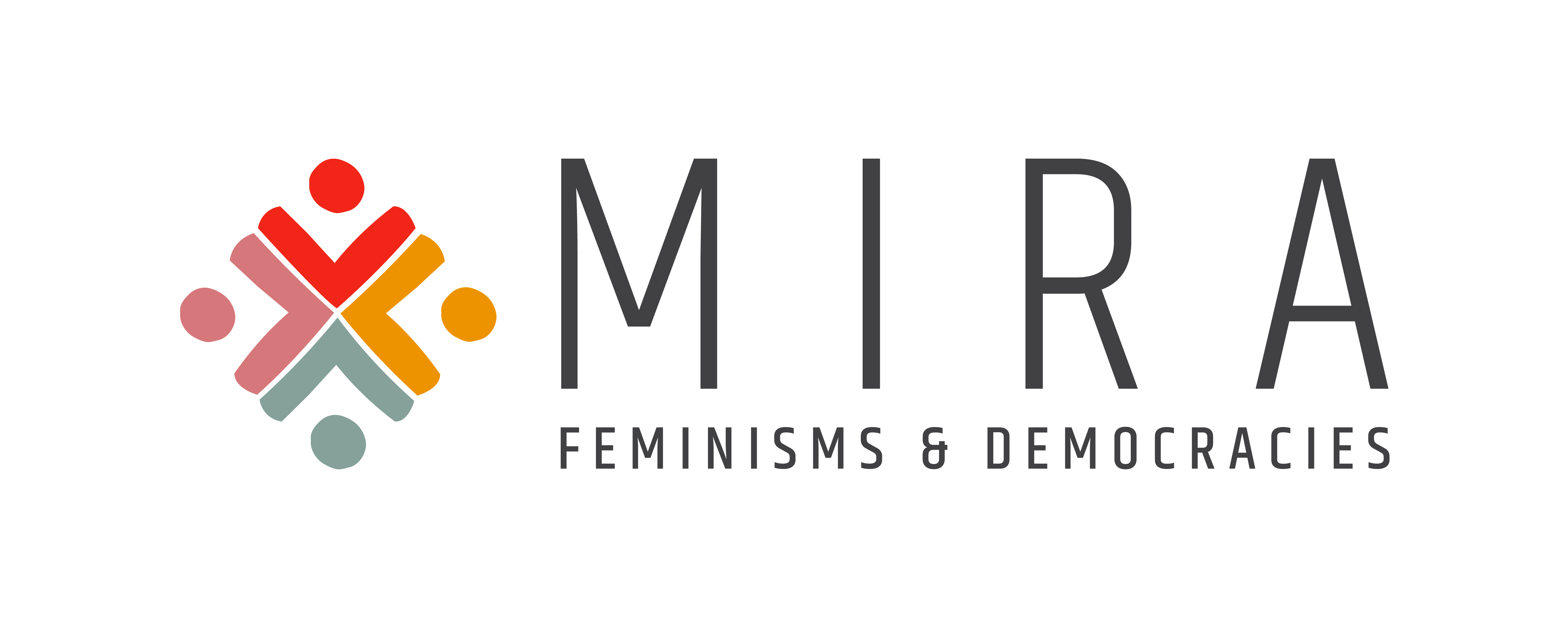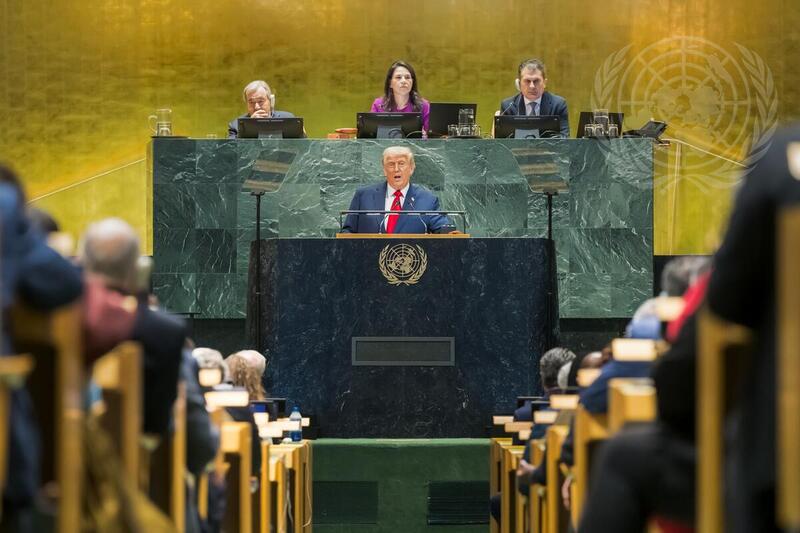As an empire in the late stage of hegemonic power, the U.S. focuses on maintaining its military and financial advantage through the Pentagon and the dollar. This article focuses on the proposal for US government and department of defence upgrades outlined in the recently released plan for Artificial Intelligence infrastructure, government and warfare, entitled “America’s AI Action Plan”. recently uploaded to whitehouse.gov with a preface by the President. The action plan was written for and by the Silicon Valley PayPal Mafia by one of their own, David Sacks (Special Advisor to the President for AI and Crypto).
Sacks, who used to be Chief Operating Officer at PayPal, shares authorship with Trump’s Secretary of State Marco Rubio (who signs the document as Assistant for National Security Affairs) and Michael J. Kratsios who signs the plan as Presidential advisor for “Secretary of Defence for Research and Engineering”.
Trump’s preface states grandiosely:
“Today, a new frontier of scientific discovery lies before us, defined by transformative technologies such as artificial intelligence… (sic) Breakthroughs in these fields have the potential to reshape the global balance of power, spark entirely new industries, and revolutionize the way we live and work. As our global competitors race to exploit these technologies, it is a national security imperative for the United States to achieve and maintain unquestioned and unchallenged global technological dominance. To secure our future, we must harness the full power of American innovation.”

Three Pillars in the AI Action Plan
There are three main pillars to the plan.
Pillar I
The first pillar is a giveaway to Silicon Valley. Entitled “Accelerate AI Innovation” it will entail more public investment in AI research and building relationships —think purchasing agreements and funds for research—with the US Department of Defense and other departments in the US government where AI adoption is to be accelerated.
Pillar II
The second pillar is called Build American AI Infrastructure. Pillar II involves the construction of data centers on steroids. These will be megacenters for AI development privately owned by the AI industrial sector. The plan envisages the use of public funds for training, grid enhancements, security enhancements and buying/licensing AI technology for public AI deployment in government. There is a 3-way focus on chip manufacturing, local AI development and security.
The plan prioritizes guaranteeing AI Infrastructure–mainly water, land and power/electricity generation– for data centers and resources for US-based hardware manufacturing. Electricity build-outs for data centers are currently being subsidised by the US taxpayer and local electricity consumers near the new data centers will be expanded. Permitting will be accelerated (or removed altogether). This is a big giveaway for fossil fuel powerplants with coal plants, which although currently in reserve could be brought back online. Public land will also be targeted for data center use, with possible subsidies to build, tax, power, and cool new data centers. These systems will be used for AI research in many locations, including start-up companies based around San Francisco and the Silicon Valley (San José is currently overloaded). Many of these companies have been invested in by venture capital, including the PayPal mafia themselves.
Then there is the public infrastructure buildout for government data in Social Security, the CIA, the NSA and other agencies that handle large amounts of information. The plan indicates that they too will be slated for AI surveillance and action capabilities to be developed by the private sector. The US military and surveillance state will be another massive user of new special military-specification, security-hardened data center complexes.
Pillar II will equip these security hardened data centers for deployment of AI in government. Deployment will probably include AI support for espionage, surveillance, public health data, social security and support for the military and spyware for the diplomats in the State Department. “High-Security Data Centers for Military and Intelligence Community Usage”, will add AI “action” capabilities —think Terminator’s SkyNet. The plan intends to enhance the surveillance capabilities for CIA and NSA use, adding AI actions to them too and even more for the military, with unknown scope and unpredictable impacts.
Pillar III
This part is vaguer as the emphasis for now is on Pillars I and II. The AI action plan is frontloaded for venture capital, chip manufacturers, data center construction and the fossil-fuel based power sector. But in the end the plan is to use AI technology to give the US unipolar global dominance. Pillar III is about the use of a future United States AI technological supremacy to control the rest of the world, in a race with China. It contemplates massive use of AI in the State Department and the Military, but also in mundane government departments like the Department of Commerce. Think future AI NATO purchasing agreements for foreign government AI technology stack purchases from the US.
The design of new hardware for AI to run on is a critical sector and part of how the Trump administration sees the technology race with China. The new AI plan envisages more sanctions, import/export controls on AI and Chip Technologies, use of military AI standards and Intellectual Property controls (whether the intellect is human or artificial) to assure global dominance. The plan is that this be Made in America, with some production coming from allies like Taiwan or Israel, but NOT Made in China. Re-shoring may also include moving sensitive manufacturing to the US before China interferes with the current manufacturing hub of the Chinese Island now known as Taiwan.
Data center expansion will require a massive build-out of electrical energy infrastructure to power all this up, sending hundreds of millions of tons of greenhouse gases into the atmosphere. This wipes out any remote chance of the US staying within the UN Paris Agreement, which is why Trump pulled out again.
Pillar III may also entail a new alignment of the US State with the private technological sectors on which this AI State will run. Trump just announced taking 10% ownership of Intel for example. Other manufacturers who will likely receive further Pillar I and II investments, could include large investors already such as NVIDIA, IBM etc. There may also be increase government funds going into venture capital. It is not known whether other companies may also give up ownership of some of their shares to the US government for publicly funded infrastructure investments as did Intel.
Financing the Cold War II
This new golden age of AI warfare will be expensive. The Plan advises us that war funding now requires innovative AI military engineering. This will be built with Intellectual Property (IP) owned by Silicon Valley start-ups and other US companies.

The start-ups building this technology are bought up by venture capital funds owned and managed by billionaires, many from Palo Alto’s Stanford University. Think Sequioa Capital, Softbank or Andreessen Horowitz’s “a16z” but also the venture arms of the big players like Amazon ventures and Salesforce ventures and many more. Everyone in this space has heard of the payment systems dream team, the grandparents of modern FinTech, that invented the payments system called PayPal, commonly referred to as the “PayPal Mafia”. In 2024 Carole Cadwalladr combined the word oligarch with Tech Bro’s to get Broligarchs. That’s them. The PayPal mafia are archetypal Broligarchs—they’re all men, not a woman among them. Low profile, they remain largely unrecognized even in San Francisco. Some, however, have moved on from payment systems to more high-profile sectors; you may have heard of Elon Musk and Peter Thiel.
The addition of David Sacks as AI Tsar to Trump’s cabinet was a real coup in PayPal Mafia planning strategy. The AI action plan he wrote includes handouts to help his friends solve some regulatory problems and make more billions. Included in the plan is more land for data centers, more power grids to power the data centers and planning acceleration to avoid bottlenecks like air quality in the 95% black South Memphis district where Musk chose to build his Grok AI Colossus mega-data center.
In Silicon Valley, human resources departments are outbidding each other for AI talent. It takes a special kind of genius nerd to design machine intelligence to hunt humans from the air and to interpret test results from live kill lists (replete with false positives) from war zone deployments. These overpaid techies cooperate with enhanced intelligence, to iterate designs for next generation video chips and AI algorithms to beef-up drone war capacities that will change warfare forever.
Brand new water-cooled data centers fed with stolen data scraped from the minds of humanity are running programs that are trying desperately to create an AI Super Intelligence or Artificial General Intelligence which, though it might wipe out humanity, at least won’t get built in China.

A Trillion for the Pentagon
Despite DOGE “government efficiency” that strips social programs and regulating agencies, these businesses can now target the largest Pentagon budget in the history of the United States. President Trump just bumped up the Pentagon budget by a cool $200 billion, rounding it up to a trillion dollars (just for 2025) —a budget that they have made impossible to audit (though this does not seem to matter). With this money, the Pentagon buys weapons, pays for outsourced wars waged by mercenaries, and maintains and supplies 600+ military bases across the planet. But that’s old hat, they were already doing this with $800 billion in 2024.
Trump’s new intravenous injection of an extra $200 billion means that it is spend-spend-spend at the Pentagon. Time to invest in AI, and Trump now has the plan to do it. Spending will be mostly on bleeding-edge military investments on AI, but why restrict this plan to the Pentagon? This is much bigger. There is the energy department too. The plan aims for AI research to go mainstream, handing out millions in lucrative contracts to Silicon Valley and the other robot brains behind this new lethal tech brawn.
AI start-ups are ready for the big time. Some may have been primed with DOGE contact data borrowed from US government databases to fill prospect lists for their sales teams, focusing on sales of their new AI technologies to government departments. Military AI start-ups in Silicon Valley are planning to build new hardware and algorithms to win an AI war for capitalism against China. Sales teams have their sights set on the Pentagon.
Before Trump’s new plan was published, the Pentagon had two main armaments categories; “nuclear” and “conventional”. When the Soviet Union (and later Russia) surpassed the U.S. in the nuclear arms race, the nuclear option sat there gathering dust as an expensive deterrent. Now the AI category is infusing new blood into Pentagon veins, money to be pumped into a third category of weapons that one day (maybe sooner than we think) might surpass conventional weapons.
In the military sector Peter Thiel’s Anduril, an early-stage AI defense company, is definitely in the running. Thiel is a major force behind Trump’s first Presidential election. Thiel also dropped $15 million into campaign funds to give Trump’s vice president, J.D. Vance, a political start as an Ohio Senator. Thiel’s venture capital investments gave Vance a start in investment funding his Midwestern startup incubator Mithril Capital. Then Thiel went on to sell J.D. Vance to Trump as a vice presidential candidate for the 2024 election. Anduril is one of Thiel’s big investments. Traditional Department of Defence contractors like Lockheed Martin and Northrup Grumman see it as a disrupter in the uneven playing field of defense contracts. Thiel actually sued the Pentagon to get noticed.
Anduril is specialized in AI killer drones and is currently building and testing unmanned AI fighter jets. Palantir Technologies, another Thiel investment, is already a player in the US government and the UK National Health Service (the NHS). Palantir, also deployed in Israel as AI-enhanced targeting software, has seen a boon in business since Israel launched its genocide campaign in Gaza. Many of these AI start-ups are owned by pools of venture capital — based largely in the Silicon Valley— the same pools in which the PayPal mafia swim.

CNBC calls them the new darlings of the Pentagon; “part of a tech realignment” away from companies like Apple manufacturing abroad for a global market. The military technology AI companies are “defence first” “US-made” and “cashing in on a new era of Hard Power AI”. The three companies they mentioned were Anduril, Palantir and Space-X describing them all as aligned “with US Strategic Interests”. Did they mean Trump interests? This is the “new class of Washington Tech companies” all, coincidentally, substantially or totally owned by the PayPal Mafia.
The wartime Manhattan Project was hidden in the New Mexico desert. Manhattan now has a sequel. Let’s call it the Palo Alto Project. It is being built by fabulously wealthy techies with their own private money which in the case of the PayPal mafia was seeded with Southern African mining profits.
Both the Palo Alto and New Mexico Projects have caused deep doubts as to whether humanity can survive these new technologies.
Powered by Fossil Fuel Energy
AI infrastructure planning in the Action Plan requires burning more fossil fuels to build and power data centres. Megalomaniacs in Silicon Valley with a penchant for short-term gain and apocalyptic outcomes, are investing in New Zealand bunkers and space colonization. But didn’t they watched sci-fi movies to the bitter end? Yes, feeding big data into Large Language Models (LLMs) like Chat GPT could bolster their share prices —but they must know that possible negative side effects of AI wars could include the annihilation of humanity and, well, burning the atmosphere could also be problematic.
Data centers already use 14% of the US electricity supply and hundreds of millions of gallons of filtered water —often from public drinking water supplies. They need extensive cooling systems just to keep their computers from catching fire or melting. The computers themselves use a lot of energy, but the air conditioning to keep them cool uses way more. Paul Krugman calls this part of the plan Kilowatt Madness.
Trump has already spoken to Sacks about this. Trump admitted “AI is not my thing!”. His electrical knowledge is probably insufficient to wire the socket for a fridge, but Sacks put things simply for him. The Great Big Round Number for Energy is: “You need double the electric of what we have right now, and maybe even more than that,” as Trump said in an interview recalling a conversation with “David”.
It was not quite clear whether Trump meant duplicating the US electrical energy grid just to power up all these data centers to develop and run AI or doubling the AI electrical energy use in data centers from the 14% of the grid that is used now. The plan is a dream come true for Large Language Model brute force AI engineering in companies like OpenAI’s ChatGPT product family, and for the US Oil and Gas sector salivating at the thought of powering these data centers, but it’s a nightmare for the planet’s environment.
The irony of the exorbitant spending on AI for mutually assured destruction is that there is a real battle that humanity has to win to stay alive and that is to mitigate climate change by ending the burning of fossil fuels. But that particular planetary survival plan is consistently belittled, denied, ignored and buried by Trump’s Broligarchy billionaires. One has to assume it’s because it clashes with their jet powered AI warfare needs and data center construction plans.

Tony Phillips is a researcher, author and journalist based in Buenos Aires. He writes on technology, governance, Argentine politics and human rights issues.



